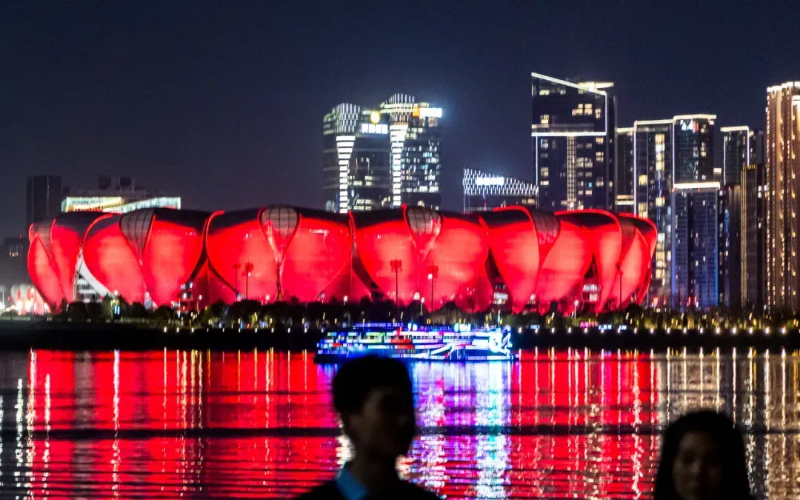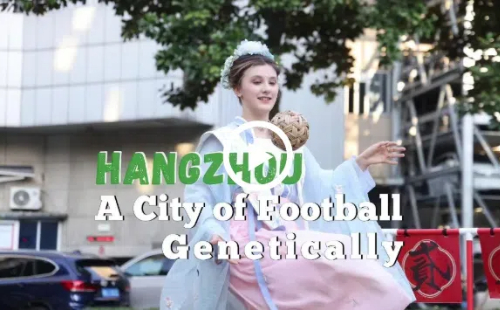Zhejiang releases urban masterplan for Hangzhou Great Bay Area
The Zhejiang Provincial Development and Reform Commission has released construction plans for Hangzhou Great Bay Area, a mega urban re-development scheme worth 1.5 trillion yuan ($226.91 billion).
The Commission, which made the announcement at the opening of the 4th World Zhejiang Entrepreneurs Convention in Hangzhou on Nov 29, said the masterplan covers 10 goals, 10 economic zones as well as 120 construction projects ranging from energy transportation, urban development, education and health care to cultural tourism, new towns and industrial parks. Among them are 32 Public-Private Partnership (PPP) projects with an investment value of 423 billion yuan and 88 industrial projects worth 1.1 trillion yuan.
The Great Bay Area, an economic and industrial belt centered around Hangzhou Bay, has always been the focus of Zhejiang's economic development. It is home to 40 million people and accounts for 87 percent of the province's economic output.
Some of the major projects include the "West Lake University Project" which will cost 36.8 billion yuan and be completed by 2020. The Zhejiangwan International Film Industry Cluster Area, worth 40 billion yuan, will include a headquarters cluster of international film companies and the Zhejiang Film Academy. The 30 billion-yuan Zhejiang University Alumni Enterprise Headquarters Economic Park is also part of the list.
The 10 key economic zones earmarked for development are Hangzhou Jiangbin International Intelligence Manufacturing New District, Hangzhou Chengxi Branch Innovation Zone, Zhengchuang Free Trade Port, Ningbo Great Eastern Innovation Zone, Ningbo Bay Economic Zone, Jiaxing Quanyu Science City, South Taihu Lake Green Development Zone, Shaoxing Advanced Intelligence Manufacturing Base, Taizhou Bay Economic Pilot Zone and Wenzhou Marine Economic Demonstration Zone.
The 10 goals for the Great Bay Area include plans for a world-class innovative industrial cluster, modern financial hub and smart transportation system, as well as green spaces for leisure. It will also promote a more service-oriented public service and enhance standards of living for citizens.





 play
play